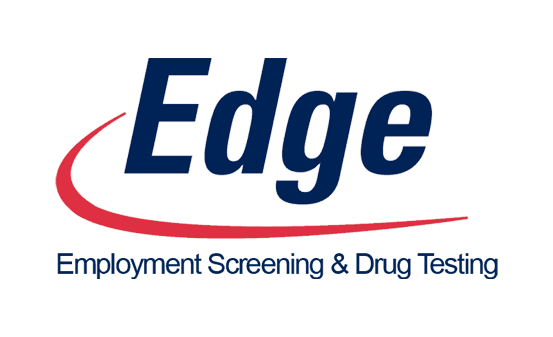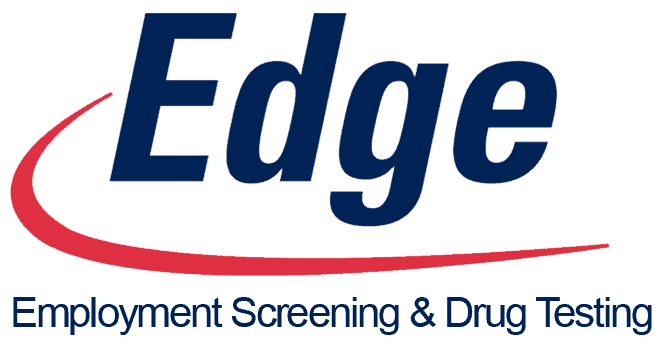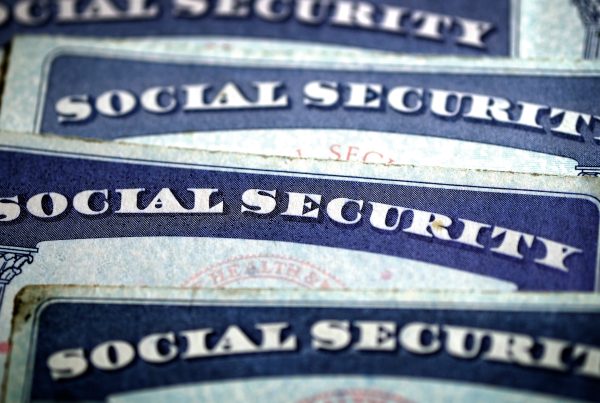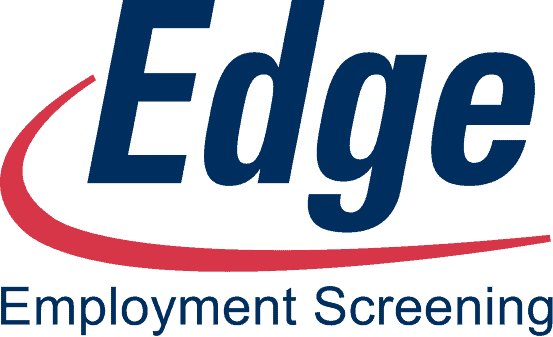
The effects of the COVID-19 pandemic are devastating. The havoc it has brought upon the country’s health and economy has compelled the U.S. to pass legislation to provide workers some financial relief. It is composed of a number of bills, but the most significant one, which has just been signed into law, is the Families First Coronavirus Response Act (FFCRA).
Everyone in the business sector, including providers of human resource and employment screening solutions should be aware of this new law.
The FFCRA (H.R. 6201) is a law that’s primarily designed to help all employees affected by the pandemic. It has a direct impact on employers and employees. The new law even made changes to the Emergency Family Medical Leave Expansion Act (FMLA) and the Emergency Paid Sick Leave Act (EPSLA). The amendments to these two acts were specifically structured to address COVID-19-related employment issues.
The FFCRA is a temporary or emergency law that took effect on April 1, 2020. It is set to end on December 31, 2020, unless further legislation is enacted. Here are the key aspects of the FFCRA that have impacted both employers and employees:
The Emergency Family Medical Leave Expansion Act
Congress has amended this act to cover employers who have less than 500 workers instead of employers having more than 50 employees as provided for in the original statute.
The new law also amended the provisions that require workers to be employed for at least 30 days to qualify for the Emergency Family Medical Leave. The previous requirement to qualify for the FMLA was 12 months of employment.
Congress further amended the definition of the qualifying events to allow an employee to leave under the FMLA. The revised statute requires an employee to have a specific need that’s relevant to a public health emergency to qualify for the leave. Furthermore, the employee must show a valid reason for his/her inability to work or telework to be granted leave under the FMLA. Under this act, a public health emergency is defined in part as an emergency resulting from the COVID-19 pandemic.
The FMLA is regulated by the U.S. secretary of labor. It may not include certain workers in the health care sector such as employees of health care providers or emergency responders from its definition of qualified employees.
Based on the FMLA guidelines, employees are required to notify their employers of their request for paid leave at least 30 days prior to the effective date of such leave.
The employer is not obliged to pay for the first 10 days of the employee’s leave. However, the employee may substitute paid leave with vacation or sick leave if they choose to do so provided that they have earned the leave prior to emergency family medical leave.
Employers shall compensate their employees’ paid leave after the 10-day unpaid period has passed. The compensation shall be at least two-thirds of the employee’s regular salary but shall not be over $200 a day. The aggregate amount of the employee’s paid leave shall not exceed $10,000.
Employees are compensated in accordance with their normal working schedules. For employees with varied working hours, their average working hours will be computed based on a six-month work history. In the absence of a work history, the employer will set a reasonable number of hours as the basis for the employee’s compensation.
For employees that are not able to return to work because their position no longer exists, the employer will find ways to accommodate the employee and place him/her in a position with equivalent responsibilities, benefits, compensation, and privileges.
Employers that are not able to accommodate returning employees are given one year to contact the employee should a position with equivalent benefits becomes available. The one-year period starts at the earlier of:
- The date the qualifying need was acknowledged, or
- The date twelve days after the leave begins
The Emergency Paid Sick Leave Act
These are the changes effected by the FFRCA to the Emergency Paid Sick Leave Act:
- Employers are required to provide paid sick leaves to employees who are unable to work or telework for these reasons:
- The employee is subject to Federal, State, or local quarantine or isolation order related to COVID-19.
- The employee has been advised by a health care provider to self-quarantine due to concerns related to COVID-19.
- The employee is experiencing symptoms of COVID-19 and seeking a medical diagnosis.
- The employee is taking care of an individual who is subject to an isolation order or advised to self-quarantine in relation to COVID-19.
- The employee is taking care of a child where school or daycare has closed due to COVID-19 precautions.
- The employee is experiencing any substantially similar condition specified by the Secretary of Health and Human Services in consultation with the Secretary of the Treasury and the Secretary of Labor.
- Sick leave under the FFCRA will be made available not later than 15 days after its date of enactment. Most importantly, it doesn’t require a length of employment.
- Full-time employees are entitled to up to 80 hours of compensation. For part-time employees, the number of hours they are entitled to is the average of the number of hours they have worked over a period of two weeks.
- Employers are advised not to require employees to use other paid leave before using sick time provided for by the FFCRA.
- Paid sick leave pursuant to the FFCRA stops at the start of the next work shift after the termination of need.
- The FFCRA does not require employees to find their own replacement.
- No employer shall discharge, discipline, or discriminate against employees who take leave through the FFCRA, filed a complaint, or testify in a proceeding in relation to this Act.
Tax Credits for Paid FMLA and Sick Leave
Pursuant to the FFCRA, employers that are subject to the EPSLA and Expanded FMLA requirements are entitled to fully refundable tax credits. These are intended to cover the cost of the leave the employers are required to pay during the time their employees are not able to work.
Employers can claim their tax credits by retaining the amount of payroll taxes equal to the amount of sick and child care leave that they had paid to their employees. They don’t need to deposit these to the IRS.
If the amount of leave paid is greater than the amount of payroll taxes, the employer should file a request for a refund from the IRS to recover the balance. The IRS will process the request in two weeks or less.
Conclusion
As a provider of proven business employment screening solutions, we see that the FFCRA has a win-win impact on employers and employees. But it’s also a manifestation of the government’s desire to preserve the nation.
The Family First Coronavirus Response Act (FFCRA) is designed to provide financial welfare to employees who lost their capacity to earn during the COVID-19 pandemic. It’s a beneficial statute but it rides on the financial capacity of employers to pay the employees on the government’s behalf. In return, the government repays the employers by way of payroll tax credits.
The FFCRA is an urgent measure but it is able to sustain the financial necessities of workers who have been deprived of their capacity to earn. But we also owe a lot to employers for their willingness to shell out their finances for the good of everyone.
We’re in the midst of a pandemic, a crisis that affects all sectors of society. And when it’s over, business will hopefully bounce back quickly. Be ready for it with solid business employment screening solutions.
Call us at (800) 725-3343.









